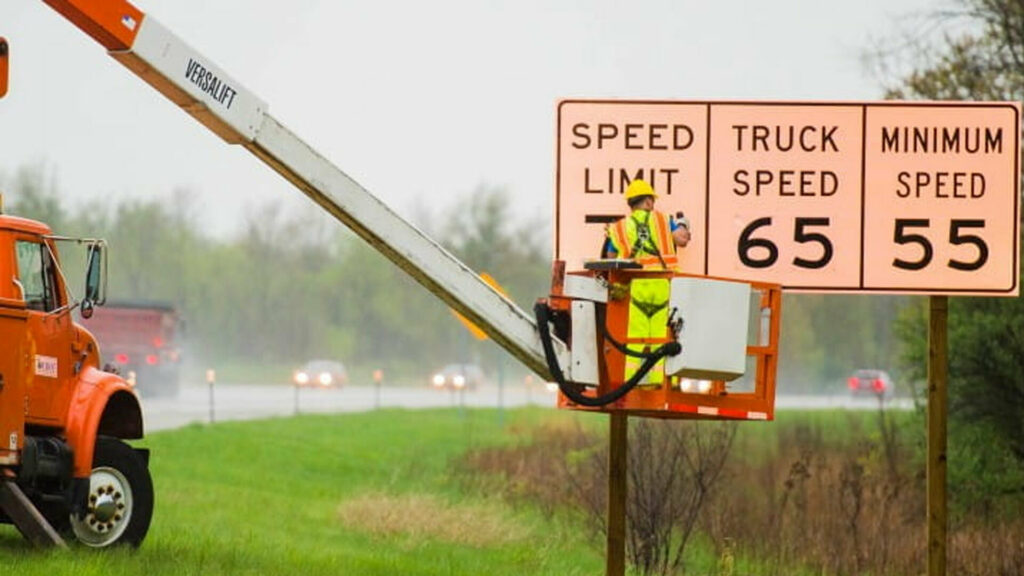A study by AAA suggests an increase in highway speeds could cause drivers to speed on local roads, but it’s not cut and dry
6 hours ago
 –>
–> 
–>
- A new study suggests an increase in highway speeds could result in a spillover effect on local roads.
- The study examined crashes before and after speed limit increases in Georgia, Michigan, and Oregon.
- The results weren’t cut and dry as some areas saw a drop in the number of speed-related crashes after a speed limit increase.
A new study by the AAA Foundation for Traffic Safety has found that increasing the speed limit on highways could result in more crashes on local roads. This “spillover” is one of the possible unintended consequences of a seemingly minor change.
AAA wanted to see if increasing highway speeds also caused drivers to “adopt risky speeding behaviors on local streets.” As part of this effort, researchers examined crash data before and after speed limit increases on interstates in Georgia, Michigan, and Oregon.
The organization focused on roads located within a mile (1.6 km) of highways, which is effectively the area surrounding entrance and exit ramps. They found “many instances where speed-related crashes increased on nearby roads following the interstate speed limit change, suggesting that drivers exiting the highway continued their faster tendencies.”
While that’s just a brief overview of the 94 page study, the picture isn’t exactly cut and dry as some areas – such as local roads off I-75 in Northern Michigan – actually saw a significant drop in speed-related crashes. As the report found, there were 526 speed-related crashes in the ‘before’ period and just 407 speed-related crashes in the ‘after’ period. The number of overall crashes also declined.

Other places saw different results as local roads surrounding I-69 in the mitten state saw an increase in speed-related crashes. The study also found crash “hot spots” sometimes changed or varied in intensity.
AAA Foundation President Dr. David Yang said, “Increasing posted speed limits on freeways may improve traffic flow but could also lead to safety concerns in adjacent communities once speeding drivers proceed to neighboring roadways.” He added, “Local streets around our homes are designed for slower speeds and diverse road users such as pedestrians and cyclists – not for speeding drivers.”
That’s why AAA recommends a series of engineering and behavioral countermeasures to reduce speeding and the number of crashes. These include everything from landscaping and public awareness campaigns to dreaded speed cameras.

